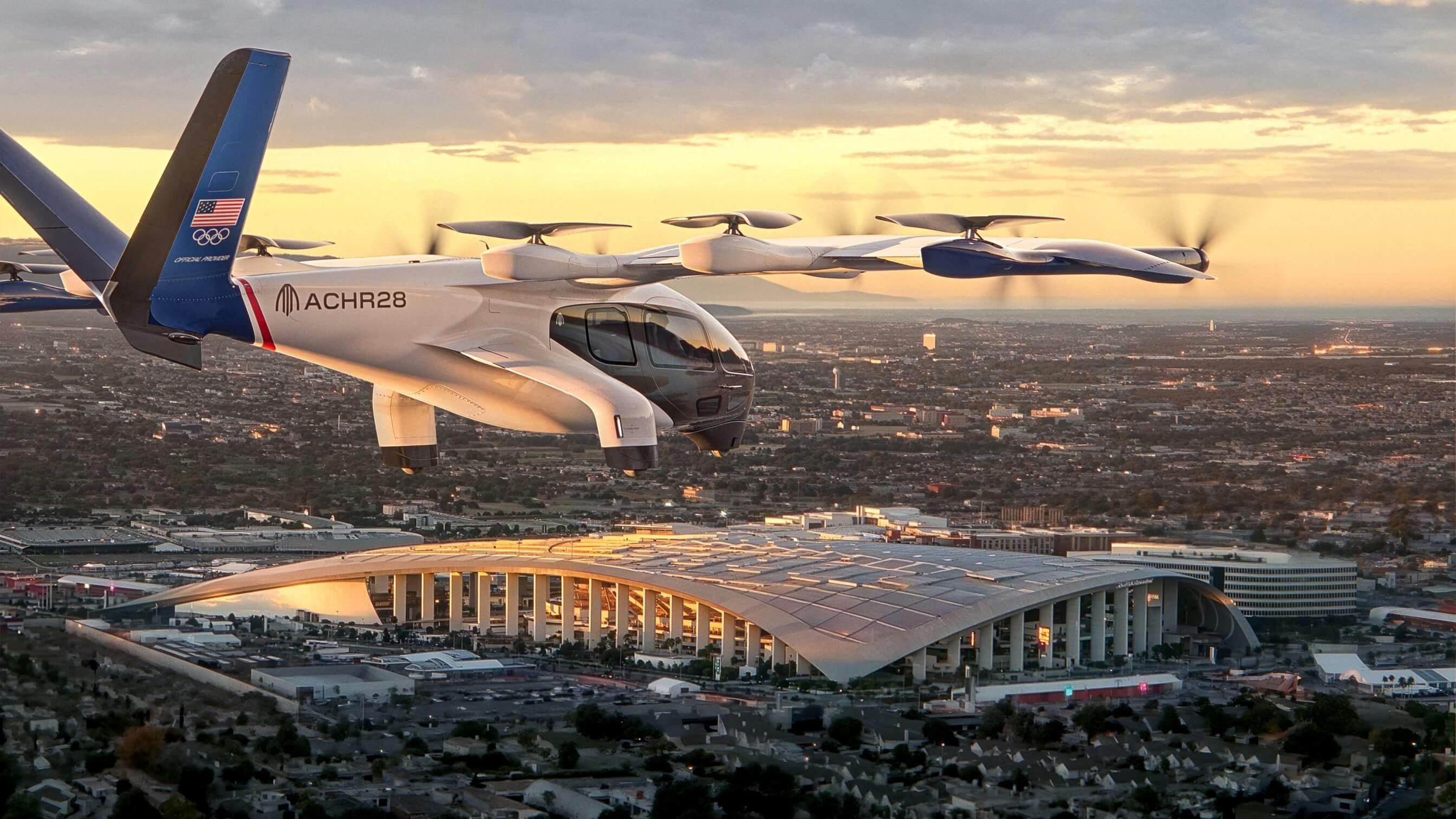
AeroGenie — Your Intelligent Copilot.
Trending
Categories
The Five Engines Used on Airbus A320 Family Aircraft
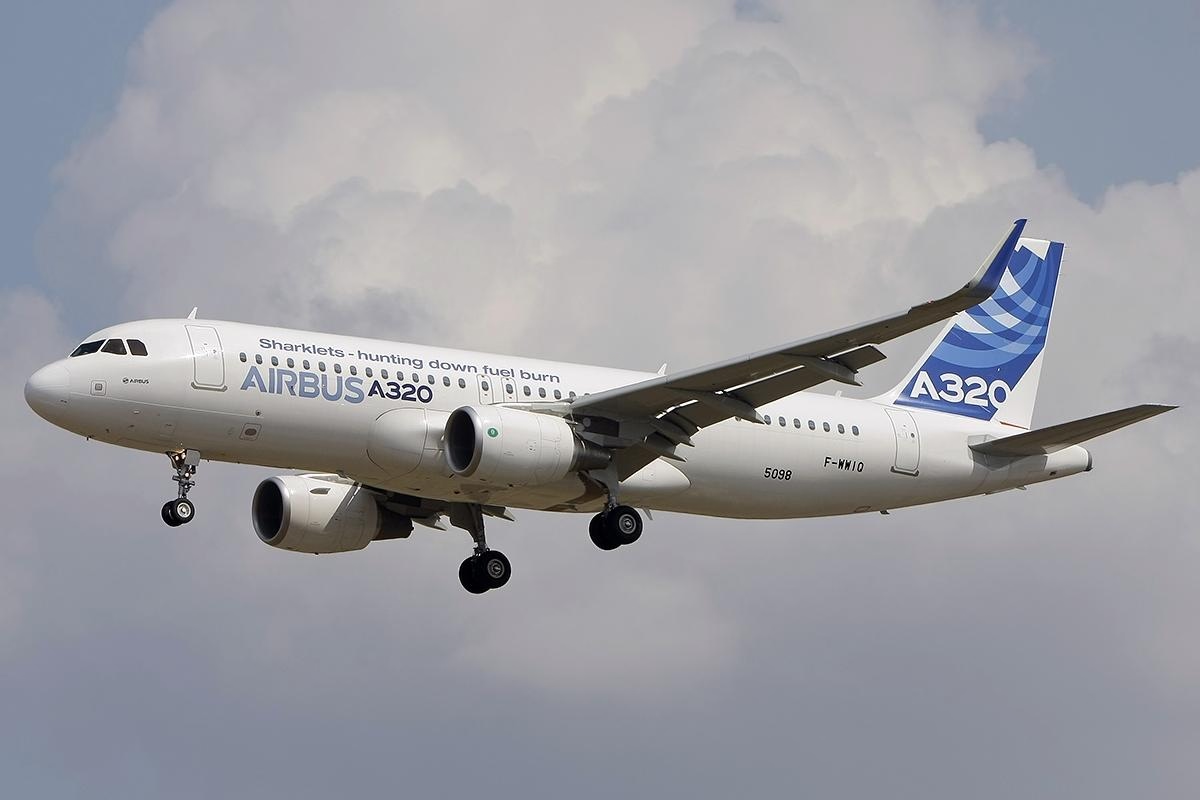
The Five Engines Powering the Airbus A320 Family
The Airbus A320 family has established itself as a cornerstone of commercial aviation, celebrated for its technological innovation and widespread adoption. Since its introduction in 1984 and first flight in 1987, the A320 series has become the world’s best-selling commercial aircraft family, surpassing the Boeing 737 in total orders by 2019. With over 19,000 orders and nearly 12,000 deliveries, the aircraft’s success is closely linked to its diverse engine options, which have played a pivotal role in its global appeal and operational versatility.
Engine Options and Their Evolution
From the beginning, Airbus adopted a strategy of offering customers a choice of engines, a decision that has significantly influenced the A320’s development. The original A320ceo (“current engine option”) models were equipped with either the CFM56-5 series from CFM International or the V2500 from International Aero Engines (IAE). More recently, the introduction of the A320neo (“new engine option”) and A321neo variants brought advanced powerplants into service: the CFM LEAP and Pratt & Whitney PW1100G engines. These newer models promise enhanced fuel efficiency and reduced emissions, aligning with the aviation industry’s increasing focus on sustainability.
CFM56-5A: The Original Workhorse
The CFM56-5A engine, developed by CFM International—a joint venture between General Electric and Safran—powered the A320’s maiden flight. Building upon earlier CFM56 models, the -5A variant offered increased thrust and incorporated advanced materials. It first powered the A320-100, the family’s initial variant, which entered service in 1988, followed by the more widely adopted A320-200. The CFM56 series has since become the most extensively used commercial jet engine globally, with over 33,000 units produced and more than one billion flight hours logged. While the majority of these engines power Boeing 737 aircraft, over 10,000 have been installed on Airbus models, underscoring their reliability and performance.
IAE V2500: Efficiency and Reliability
The V2500 engine emerged from a consortium formed in 1983, comprising Pratt & Whitney, Rolls-Royce, Japanese Aero Engine Corporation, MTU Aero Engines, and Fiat. Certified in 1988, the V2500 provided A320 operators with an alternative to the CFM56, offering comparable thrust but enhanced fuel efficiency and lower emissions due to its higher bypass ratio. Its quieter operation also made it well-suited for airports with stringent noise regulations. Over time, the V2500 has become a mainstay of the A320 fleet, valued for its dependable performance and operational economy.
New Generation Engines: CFM LEAP and Pratt & Whitney PW1100G
The advent of the A320neo and A321neo introduced two new engine options: the CFM LEAP and the Pratt & Whitney PW1100G. Both engines represent significant technological advancements, delivering marked improvements in fuel consumption, emissions reduction, and noise abatement. These developments reflect the broader industry commitment to environmental sustainability. However, the integration of these advanced engines has not been without challenges. Technical difficulties and supply chain disruptions have caused delays and increased maintenance demands, complicating production schedules for both Airbus and its airline customers.
Industry Challenges and Competitive Dynamics
Engine reliability and availability have become critical concerns for Airbus amid ongoing global supply chain disruptions and labor shortages. These factors have contributed to slower aircraft deliveries and heightened maintenance requirements. Concurrently, Boeing, Airbus’s principal competitor in the narrow-body aircraft market, is grappling with its own engine and certification challenges. This competitive environment intensifies the pressure on both manufacturers as they strive to meet growing market demand.
Despite these obstacles, the A320 family’s adaptability and broad range of engine options have solidified its position as a leader in commercial aviation. The aircraft continues to serve airlines worldwide, navigating decades of technological change and evolving industry demands.

FAA Extends Engine Pylon Airworthiness Directive to DC-10

Why United Airlines Continues to Use the Boeing 777-300ER in 2025

Dubai Airshow 2025: Key Aircraft and Conference Highlights
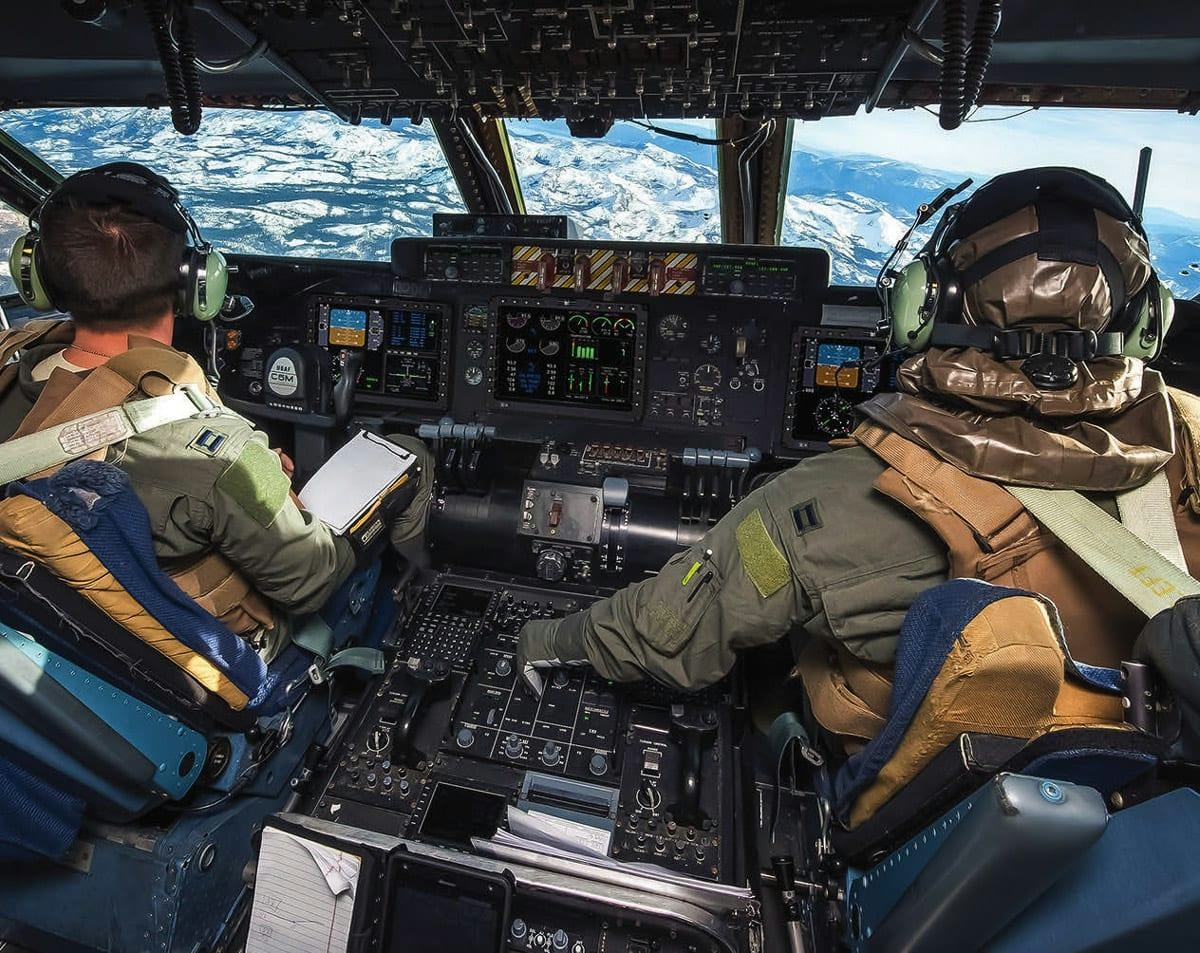
Defense Aviation Adopts Commercial Innovations
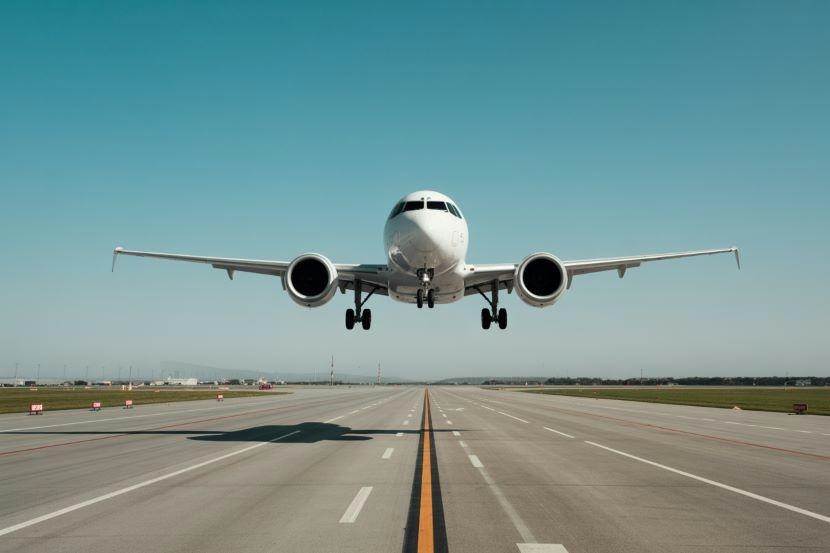
MedAire’s Alert Platform Enhances SolitAir’s Role in Aviation Security Innovation
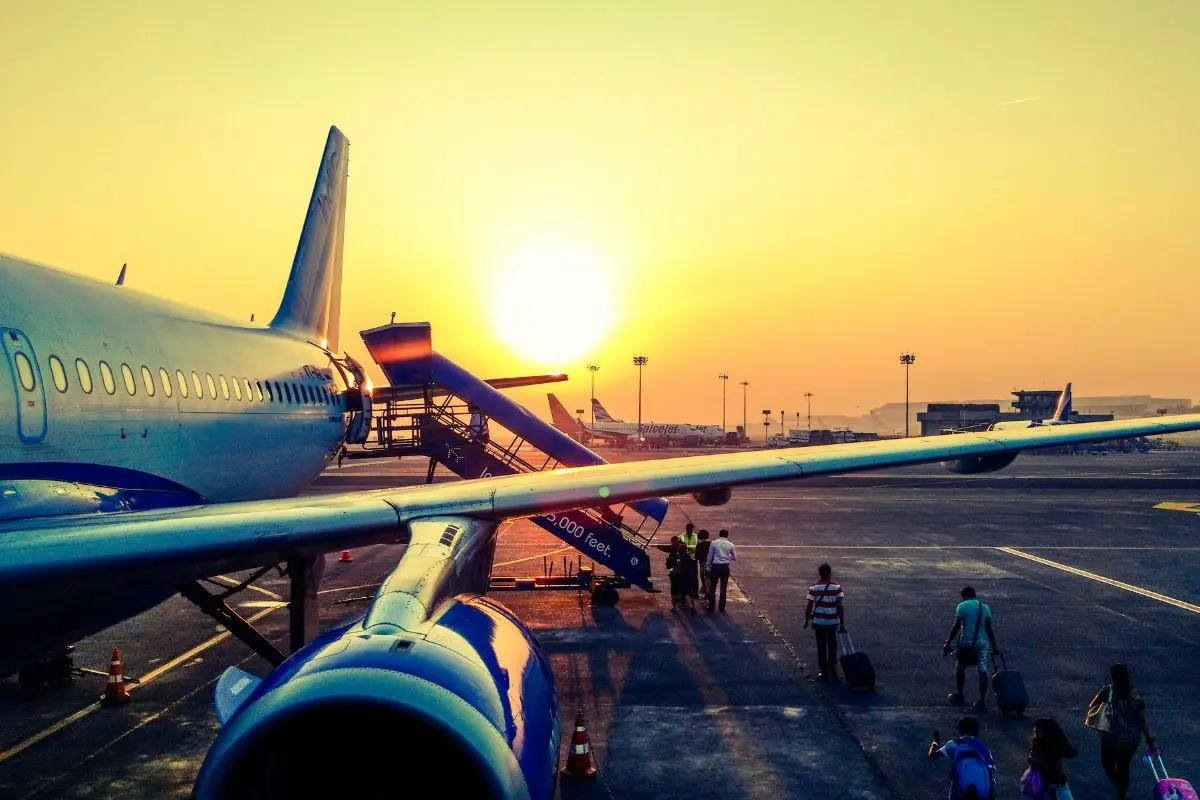
India Faces Shortage of 30,000 Pilots Amid Growing Fleet, Aviation Minister Calls for Urgent Training
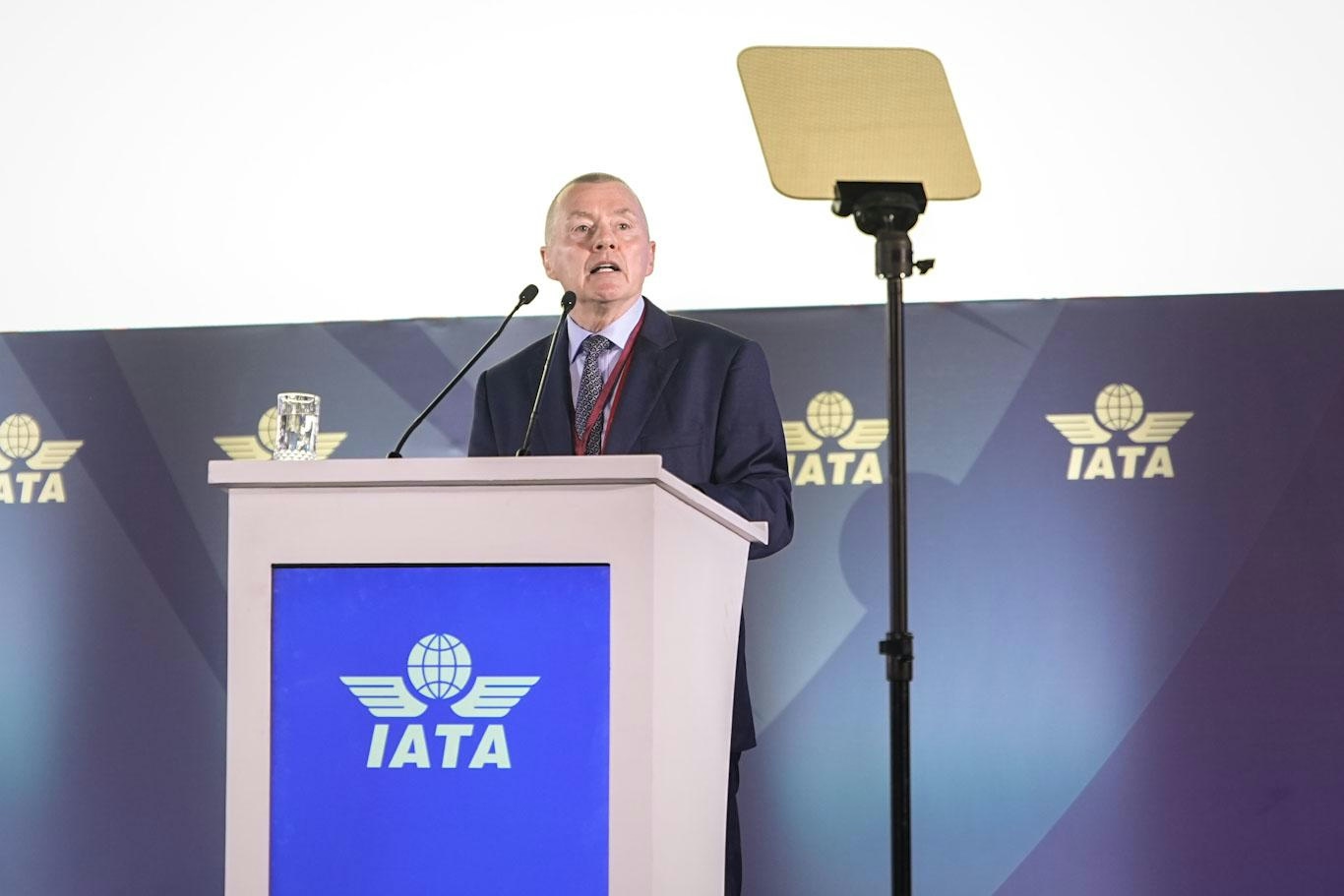
IATA Chief Calls for Fair Compensation for Airlines Amid Supply Chain Challenges

AAI Unveils Pavilion Highlighting India’s Aviation Advances at IITF 2025
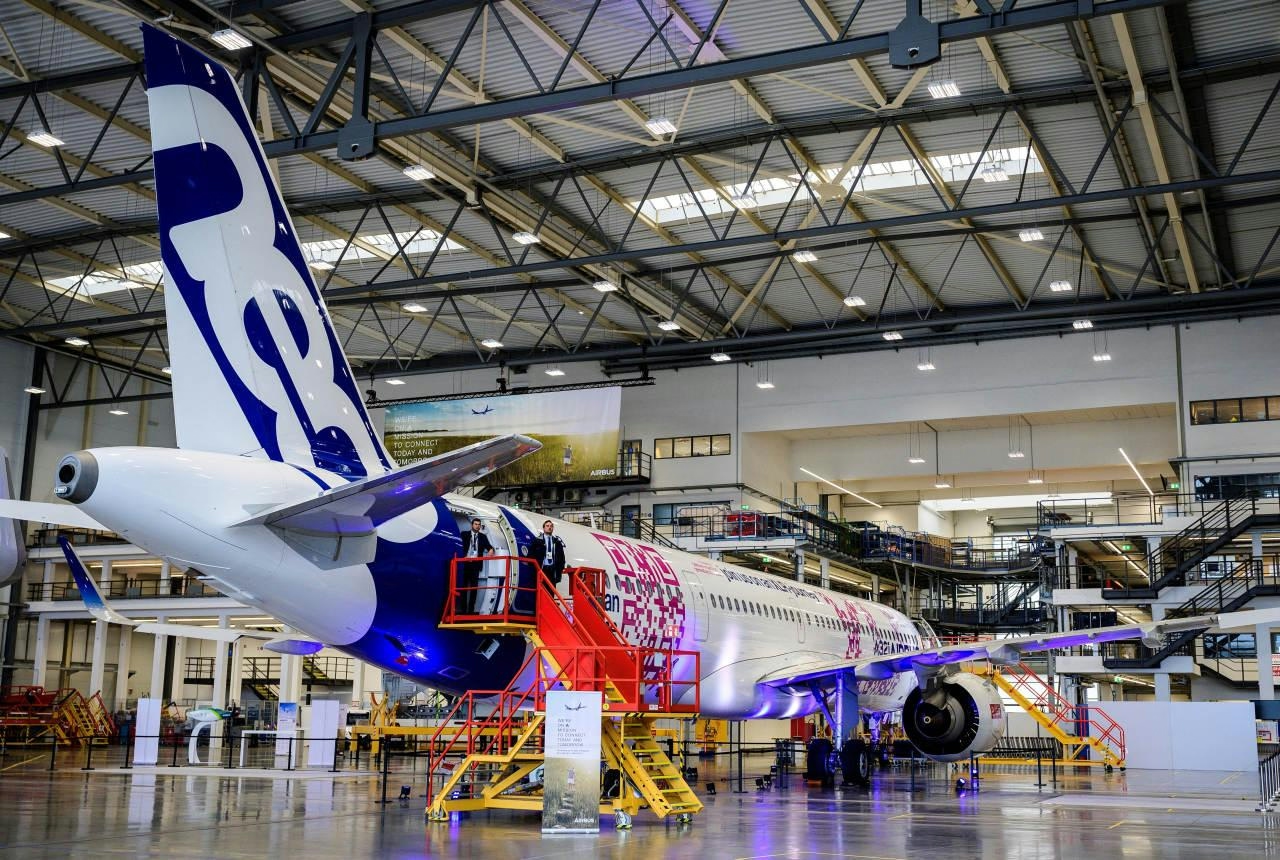
Airbus Projects Asia-Pacific Will Need Nearly 20,000 New Planes Over 20 Years
